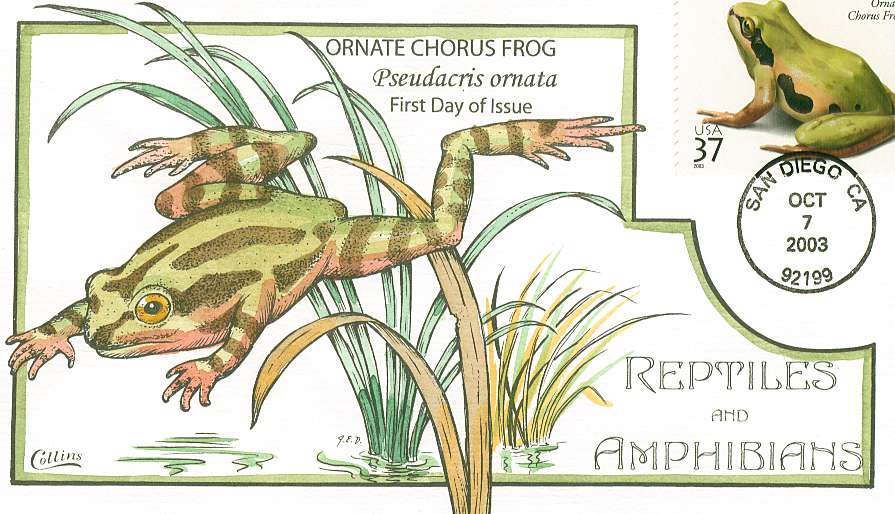Ecological communities are increasingly exposed to natural and anthropogenic stressors. While the effects of individual stressors have been broadly investigated, there is growing evidence that multiple stressors are frequently encountered underscoring the need to examine interactive effects. Pesticides and infectious diseases are two common stressors that regularly occur together in nature. Given the documented lethal and sublethal effects of each stressor on individuals, there is the potential for interactive effects that alter disease outcomes and pesticide toxicity. Using larval wood frogs (Lithobates sylvaticus), we examined the reciprocal interaction between insecticides (carbaryl and thiamethoxam) and the viral pathogen ranavirus by testing whether: (1) prior ranavirus infection influences pesticide toxicity and (2) sublethal pesticide exposure increases susceptibility to and transmission of ranavirus. We found that prior infection with ranavirus increased pesticide toxicity; median lethal concentration (LC50) estimates were reduced by 72 and 55% for carbaryl and thiamethoxam, respectively. Importantly, LC50 estimates were reduced to concentrations found in natural systems. This is the first demonstration that an infection can alter pesticide toxicity. We also found that prior pesticide exposure exacerbated disease-induced mortality by increasing mortality rates, but effects on infection prevalence and transmission of the pathogen were minimal. Collectively, our results underscore the importance of incorporating complexity (i.e. order and timing of exposures) into research examining the interactions between natural and anthropogenic stressors. Given the environmental heterogeneity present in nature, such research will provide a more comprehensive understanding of how stressors affect wildlife.
Source: Katherine M. Pochini, Jason T. Hoverman. Environmental Pollution xxx (2016) 1e8

- Login om te reageren
